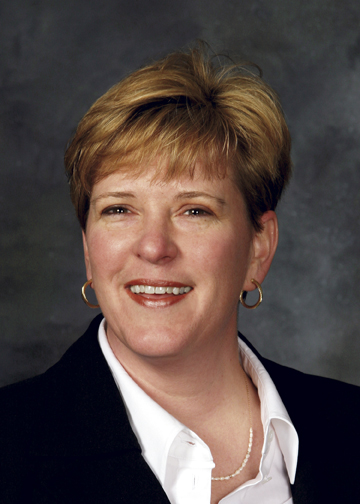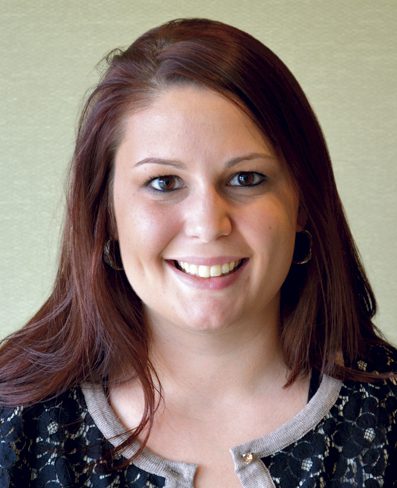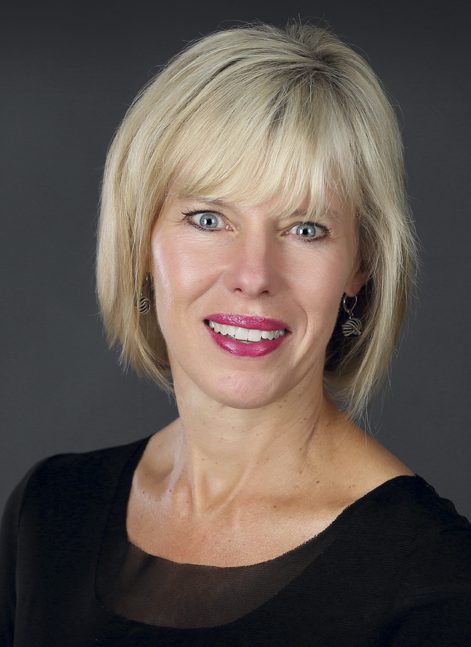Specialty Lines Markets
2019 Specialty Lines Market Preview
By Lori Widmer
Errors and omissions. Catastrophe. Special event risks. Workers compensation. Specialty lines insurance is a mixed bag of diverse risks and difficult exposures.
As such, market forecasts can tend toward generalized information that may not necessarily reflect a specific segment of the specialty market. Yet those who work directly with specialty lines know that generalizations can give a fairly good sense of overall market health from a pricing, capacity, and competitive standpoint.
In a recent Moody’s survey, insurers (categorized as professional/specialty lines carriers) sought 1.5% rate increases in 2018. Even so, the Moody’s survey has combined ratios expected to deteriorate from 102 in 2017 to 104 in 2019. The cause—increased claims costs stemming from D&O and E&O.

-Jacqueline Schaendorf
President and CEO
Insurance House
Still, the news from those in the market tends to be more positive. Jacqueline Schaendorf, president and CEO of Insurance House and president of Wholesale & Specialty Insurance Association (WSIA), says favorable growth trends are following a six-year pattern. “The surplus lines market has increased by 44% in premium volume since 2011 and reached a new record level of $44.9 billion. This growth has been fueled by overall growth from multiple sectors in the economy.”
Within the CAT world, however, Jennifer Kessel, marketing director for USG Insurance Inc., says destructive storms have had little effect on pricing, which is remaining fairly stable. Kessel, a WSIA U40 board member, attributes this to the number of players in the market. “The market is very competitive right now. We see new markets extending their appetites. Everyone is chasing rates and vying for business.”
One of the ways carriers are trying to attract that business is by offering new products or making changes to current products to address emerging risks in specialty lines. Schaendorf points to cannabis crop coverage and personal lines cyber liability as examples.
Overall, most market segments within specialty lines seem to be stable and experiencing growth. Schaendorf sees robust competition in the market, which remains more profitable and is expanding at a faster pace than standard markets. “The E&S sector isattracting more competitors to the space, and this trend seems to be increasing as standard markets are either acquiring or launching surplus lines carriers,” she says. “M&A in the E&S brokerage/MGA sector of the industry has also been very active, and this will continue to be a trend through 2019.”
Heidi Strommen, president of ProHost USA and past president of the Target Markets Program Administrators Association who currently serves on its advisory board, says the restaurant industry may not be seeing more specialty players, but pricing and capacity are holding steady. One thing that is changing: Strommen says restaurants are requiring more specialized products of late. Her company recently launched insurance for high-value wine collections within the restaurant environment. “This allows a restaurant owner to cover the profit portion of expensive and hard-to-replace bottles of wine,” she says.

-Jennifer Kessel
Marketing Director
USG Insurance Inc.
The claims picture
Depending on the specialty line, claims severity can drive costs more than in other areas. For instance, Schaendorf says transportation claims tend to be more severe in nature, thus registering as a larger loss cost. Kessel sees water damage stemming from older pipes and CAT-driven property claims as the most common in the property arena.
That can have a domino effect, Kessel says. “These claims drive other claims issues, such as underinsurance and lack of complete coverage. Brokers and agents need to address this by understanding the insured’s gaps in coverage and educating throughout the selling process to make sure the insured is properly covered.”
Schaendorf says wholesalers and MGAs can benefit from partnering with their retailers and carriers to resolve claims issues. “All parties have a vested interest in obtaining the most complete and accurate risk information during the underwriting process so that policy terms, conditions and pricing accurately reflect the risk at the binding phase. By claim time, all parties should be comfortable that the potential true risk was properly addressed and properly structured for coverage and pricing.”
In Strommen’s specialty, common liability claims include slip-and-fall injuries. She says the key for restaurants to control these costs is to review operations to identify and address on-premises hazards. “Retail agents can assist restaurant owners by doing a walk-through of the operation with a fresh set of eyes, checking for potential hazards like poor lighting, level changes that aren’t clearly marked, and slippery floor surfaces,” Strommen says.
Cyber issues in specialty
Another risk that’s impacting restaurants: cyber risk. Strommen says the high number of transactions and point-of-sale system usage make restaurants particularly vulnerable. “Restaurants should address cyber risk both through loss prevention and insurance,” she says.
Cyber risk is growing within the E&S sector as well, says Schaendorf, who predicts an increase in the complexity of such threats. “The most notable increasing exposure will be the impact of artificial intelligence and machine learning to cast the threat deep and wide,” Schaendorf says. “Right now, it is more common for humans to compete with humans to thwart cyber threats. However, we will see computers competing with computers in the future, and this is concerning.”
Yet cyber isn’t quite impacting every sector of the specialty market—at least not yet. Kessel says even with increased data breach events across many industries, insureds seem willing to risk the loss or opt for lower sub-limits on a general liability policy. Still, she says cyber business within the daycare sector is seeing more growth and interest. “They have very complex databases with sensitive information on parents and children. In addition, they have security and webcam systems that can be hacked,” says Kessel.

-Heidi Strommen
President
ProHost USA
Advice for agents and brokers
Beyond cyber, Schaendorf says there are litigation “hotspots” that agents and brokers should be watching. “The assignment of benefits (AOB) situation in Florida is one to watch as contractors and the legal community take control of the policyholder’s position with respect to rights to policy benefits. Additionally, advertising spending by the plaintiff legal community is reaching record levels, targeting more commercial lines of business, particularly in transportation and small business general liability, such as those in shopping centers.”
Schaendorf also cautions agents and brokers to keep an eye on technology, talent, and legislative activity. “Technology from the stand-point of business process transformation is leading to more information being provided by third parties. More technology platforms can foster the delivery of outside third-party risk information straight into underwriting algorithms, via data integration, for example. This transformation will make the transaction more efficient and easier throughout the distribution chain.”
The level of talent retiring, Schaendorf says, will also impact the industry, as will engagement with legislators on regulatory matters. Issues such as a private flood insurance solution at the federal level could favorably impact business for agents and brokers. WSIA, she says, is working to ensure that the E&S marketplace is well represented to assist in providing capacity for private flood insurance.
On a business level, Strommen says agents and brokers should be seeking the advice and help of program specialists, who, she says, can offer more competitive advantage beyond pricing. Enlisting the help of a specialist, she says, can be the differentiator. “It’s hard to be a successful generalist in today’s complicated insurance landscape. Retail agents who choose to focus on a niche and then choose to work with a specialist in that niche, can deliver a higher value to their clients.”
That kind of value is much needed in a landscape that Kessel says is continuously changing and growing. Agents and brokers, she says, should learn to adapt and should prepare themselves to quickly turn as the market changes. “The more you understand each specialty need and the nuances in coverage, you set yourself up to be an expert on the subject matter. As these markets expand, so will the opportunity for brokers and agents.”
For more information:
Insurance House
www.insurancehouse.com
ProHost USA
www.prohostusa.com
USG Insurance Services, Inc.
www.usgins.com
The author
Lori Widmer is a Philadelphia-based writer and editor who specializes in insurance and risk management.






